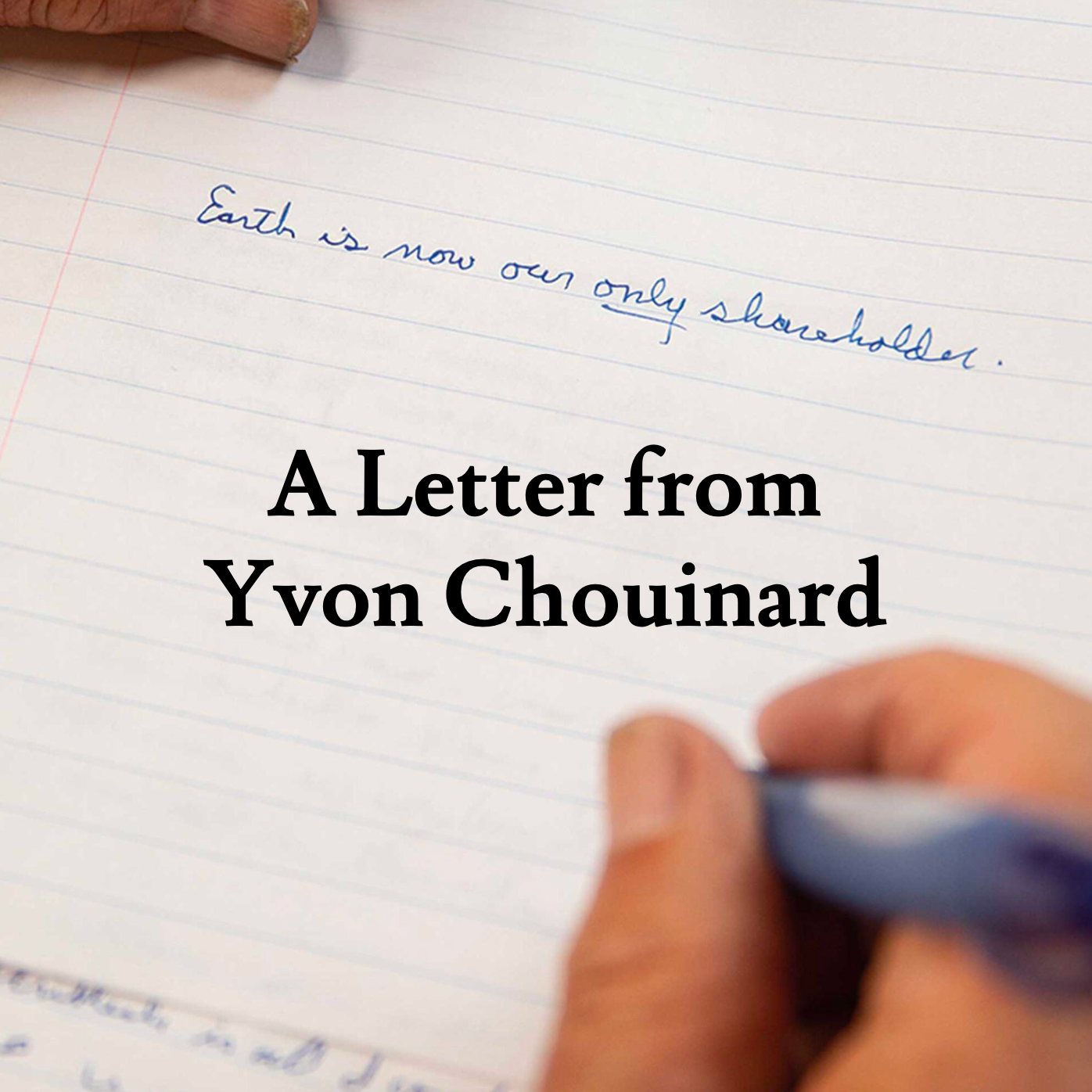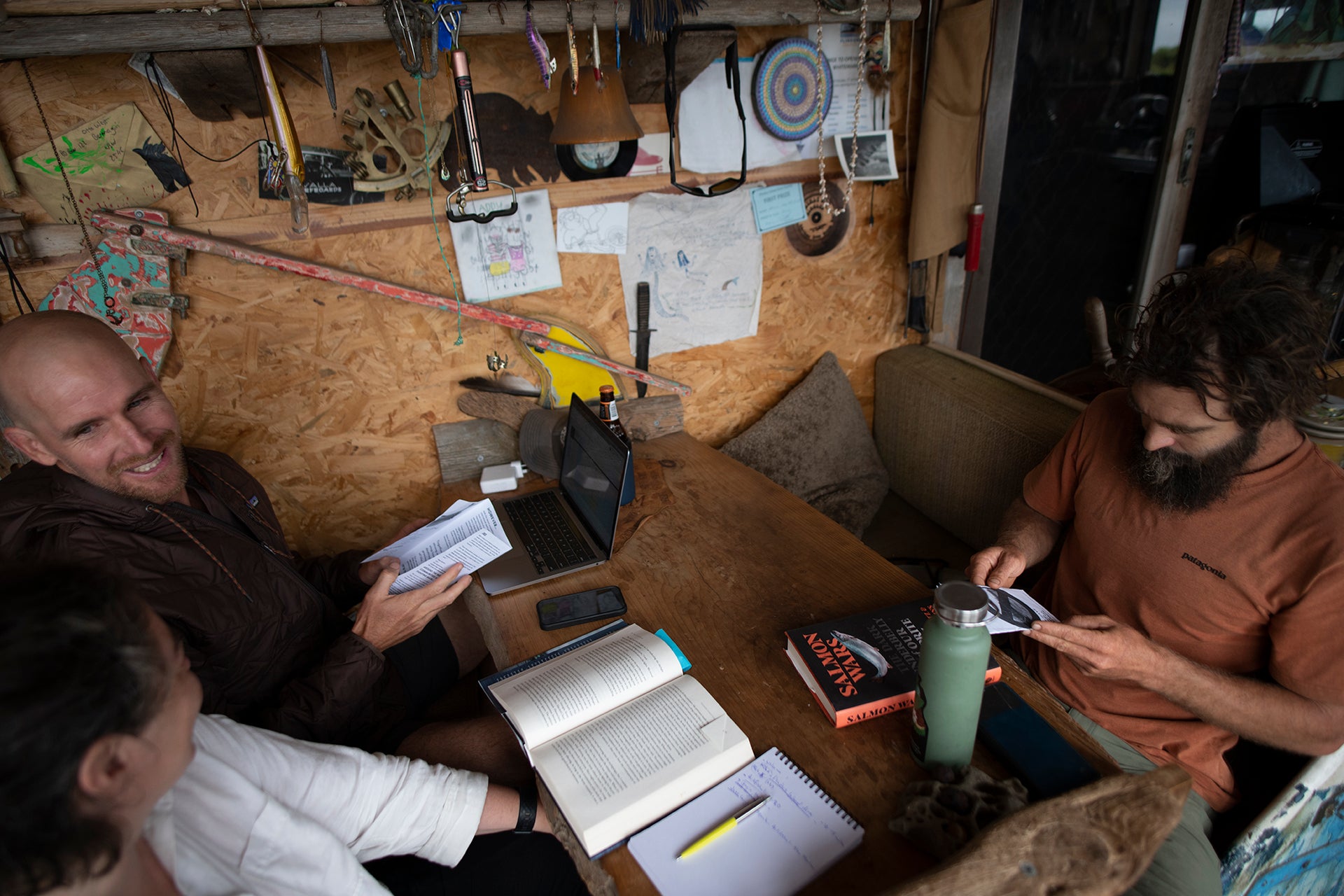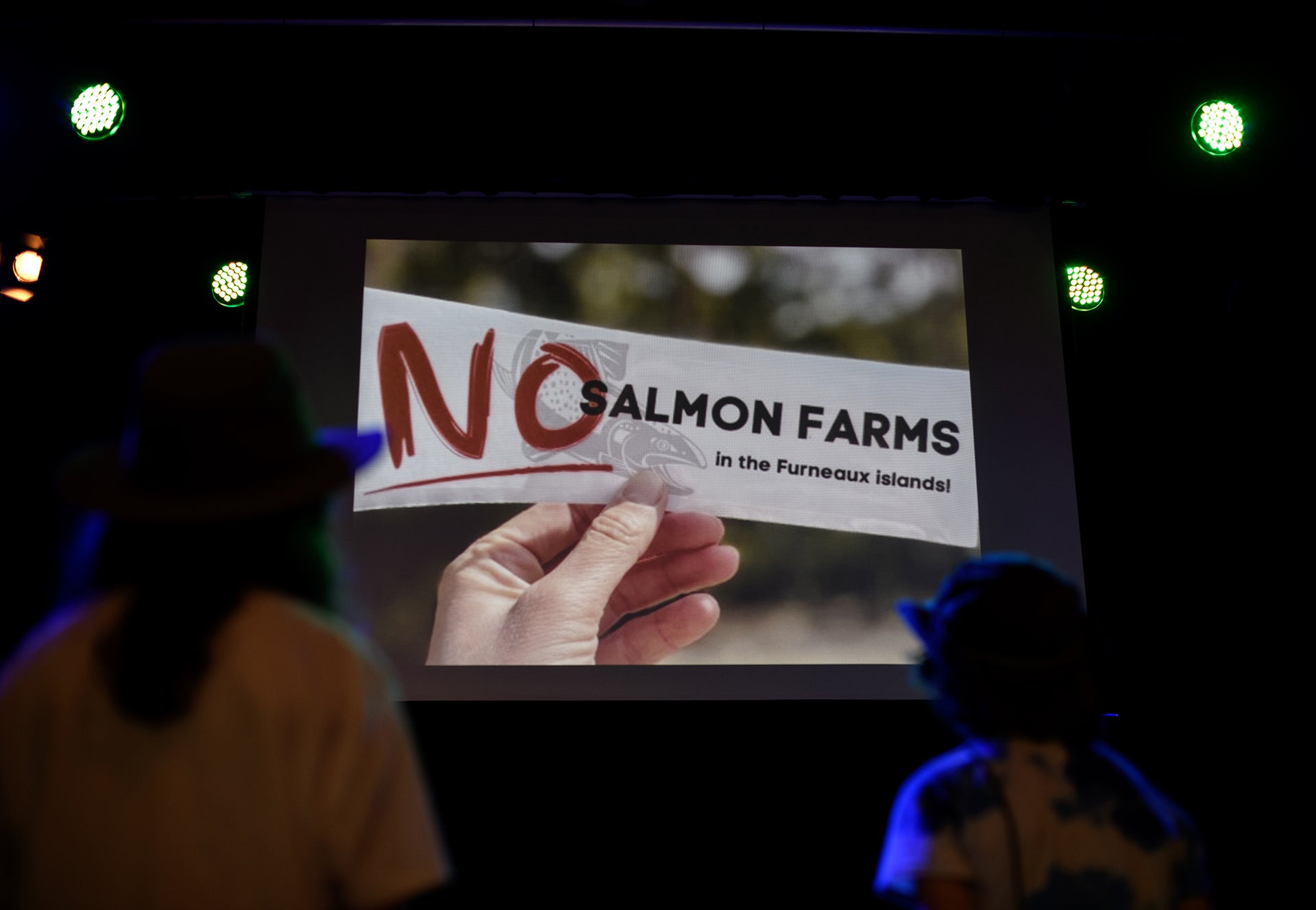On Saturday night, two weeks back, 56 Flinders Island locals gathered in a town hall in Whitemark to talk about salmon farms.
Tayaritja (the Furneaux Islands) in Bass Strait are currently free from salmon farms and might seem a long way removed from lutruwita (Tasmania) to the south, where the billion-dollar salmon industry has boomed in the past decade. But facing increasing scrutiny in the south, the industry is on the move, emerging from the secluded (and increasingly polluted) bays and harbours around Hobart and looking for new corners of the island state to farm salmon.
It was a modest gathering on Flinders that night – the population of the whole island chain is only about 900 people – and to many islanders, concerns about the salmon industry setting up locally still seem a long way away. There’ve been dormant aquaculture leases pegged out around Flinders and the surrounding islands since 1999, and in that time there’s been no interest from the big Tasmanian aquaculture companies in taking up a tender. The area has been considered too remote and the waters too rough to industrialise.
But after a number of environmental calamities in Tasmanian waters, and increasing evidence that pristine inshore marine environments are becoming choked with fish farm pollution, opposition to the industry in Tasmania has forced the government to look at finding new areas for the industry to operate in.
Locals on Flinders – and neighbouring King Island, where plans are underway to farm salmon next to the fabled surf break of Martha Lavinia – have been watching what’s happening in waters to the south and see a clear threat to their way of life.
The previous week, the Tasmanian Government had visited Flinders Island and in the same hall at Whitemark presented their Draft Tasmanian Salmon Industry Plan. According to locals who attended, they downplayed the likelihood of the salmon industry setting up in the islands.
Locals were unconvinced.






